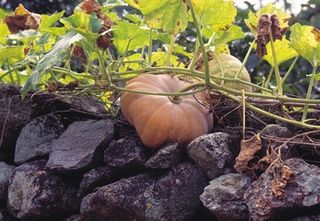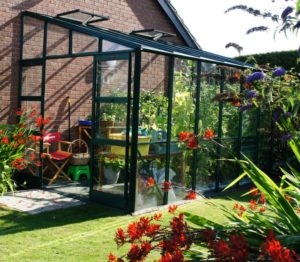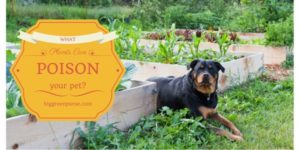
Plus, you can’t beat the price. For a couple of dollars in seeds, you can enjoy an entire summer’s worth of crops. In fact, gardening can save you hundreds of dollars in food each season you grow your own.
Top Tips
1) Plan your garden – Keep in mind that vegetables need full sun. Flowers span the range of full sun to full shade; check the seed packet or plant catalog for guidance. Once you have your location, consider not just how much space you have, but how much time you have. The larger the plot, the more time it will take to manage. Does your spot drain well, or will you need to build a raised bed so that water can easily move through the soil? Does it have access to water? Know what you’re getting into before you plant the first seed.
2) Clear out the weeds – If you’re trying to convert a patch of grass or a section of field, you”ll probably need to dig the weeds out, to be sure they’re gone. You can also cover the area with a couple of inches of newspaper. Lack of sunlight will kill weeds and grass and make them easier to remove from your garden plot.
3) Add compost and other organic matter – If you’re not impatient like me, you can test the soil first (see these handy tips from Lowe’s). When you get the results back, you’ll know how much nitrogen, phosphorus and/or potassium you’ll need to add. You may also need to add an inch of sharp sand if your soil is clay.
4) Rake your soil into beds or rows – Leave paths in between so you can walk through your garden without trampling the dirt. Mulch with shredded pine bark or other organic material, then leave the plot alone for about a month before you plant it.
5) Set up a watering system – If your plot is small, you can probably water by hand with a garden hose. Otherwise, install an inexpensive DIY drip irrigation system so you deliver water directly to plant roots and don’t waste it using one of those sprinklers that has such a long spray it sends more water to the sidewalk or driveway than your plants. If your garden is next to a garage or shed, you can set up a rain barrel to catch water coming off the roof.
6) Meanwhile, start a compost pile – Use leaves, grass clippings, other yard debris, and kitchen waste. Making compost at home like this is probably the single most cost-effective way to turn dull-as-dishwater dirt into rich, black earth.

8) Plant, then watch and weed – Plant your seeds and seedlings to maximize growth. Keep a hoe handy to scratch out weeds before they take over. Keep an eye out for insects and diseases so they don’t become a problem.
9) Don’t get bugged by bugs – Some gardeners can’t stand to see even one little bug on one little leaf in their garden. Hence the continual bombing of their plants with insecticides and herbicides that, by and large, only serve to make the bugs that survive tougher than ever before. Most plants can tolerate a small insect invasion and still produce to abundance. Don’t even start gardening if you don’t like a few bugs with your plants.
10) Enjoy your garden! – Stroll through your garden every day. Position a chair, stool or bench close by so you can sit peacefully and watch the butterflies and bees enjoy the fruits of your labor! Then get out a basket and start picking.

















2 thoughts on “Dig Dirt Like Michelle Obama!”
Thanks a lot for sharing this amazing knowledge with us. This site is fantastic. I always find great knowledge from it. http://www.paginalia.es/
If she can do it of course we can do it as well, having an organic garden is way better, imagine besides on adding color to our back yard, it also help us to supply our different needs like flowers, veggies, herbals and etc.
Comments are closed.